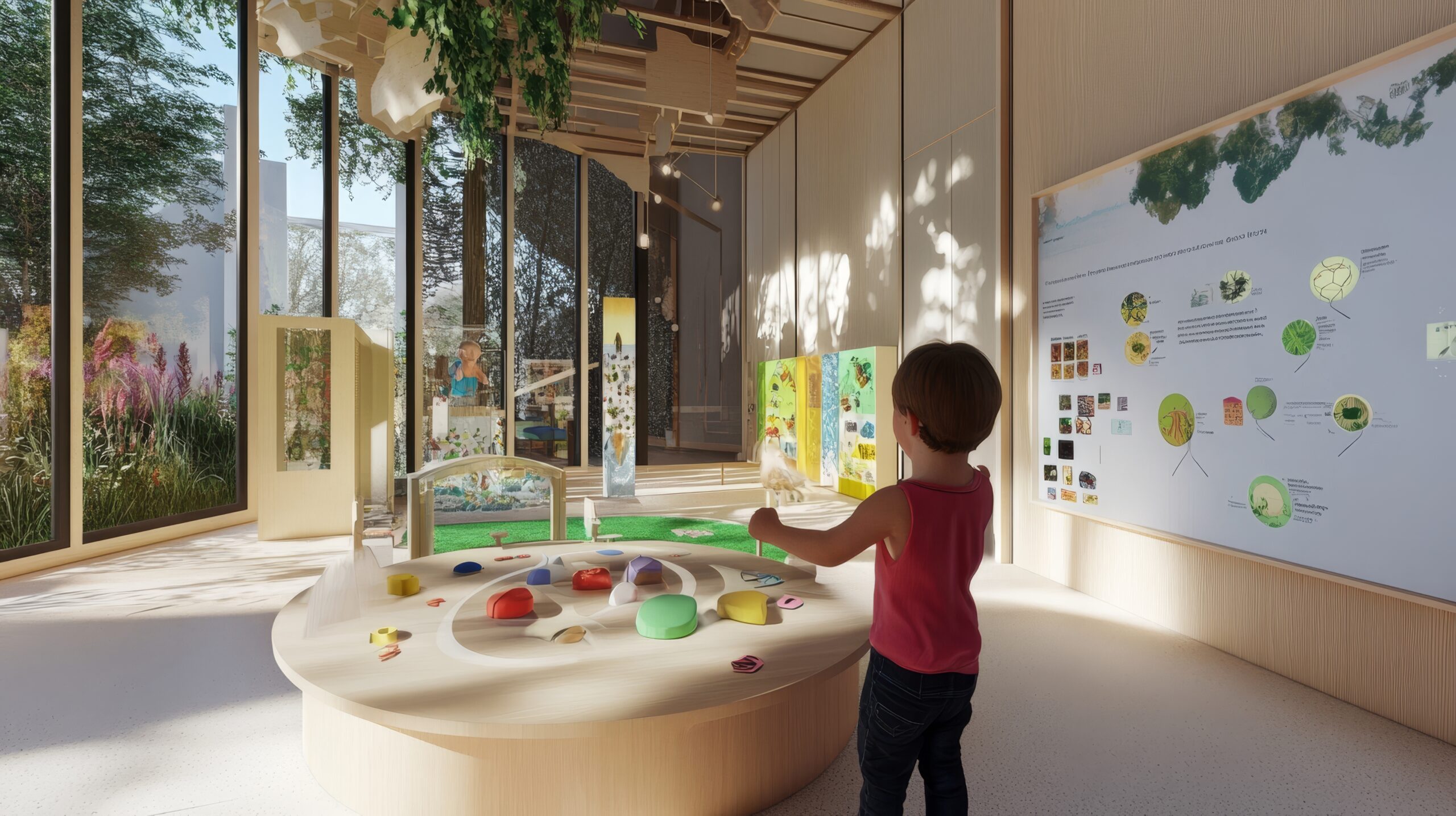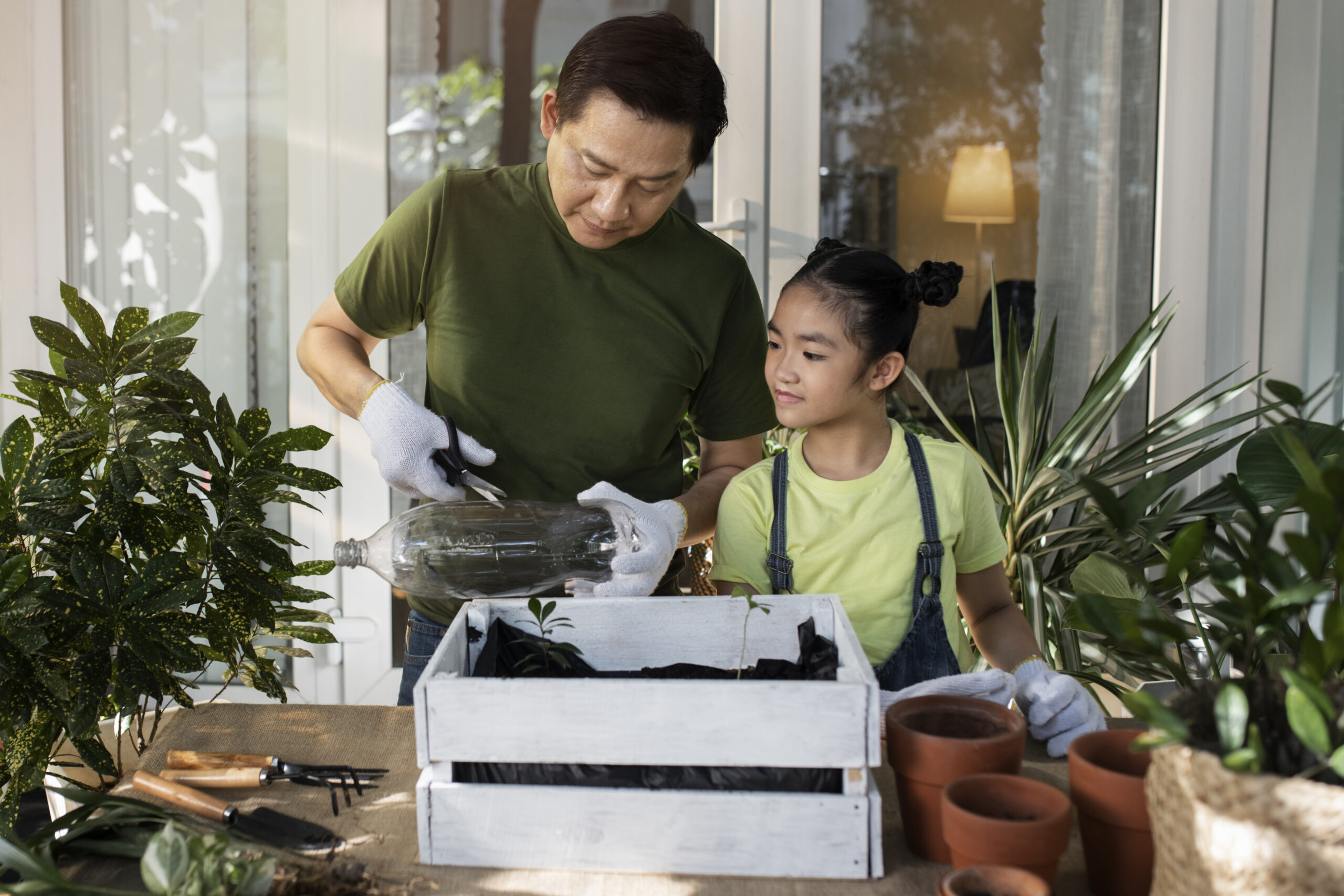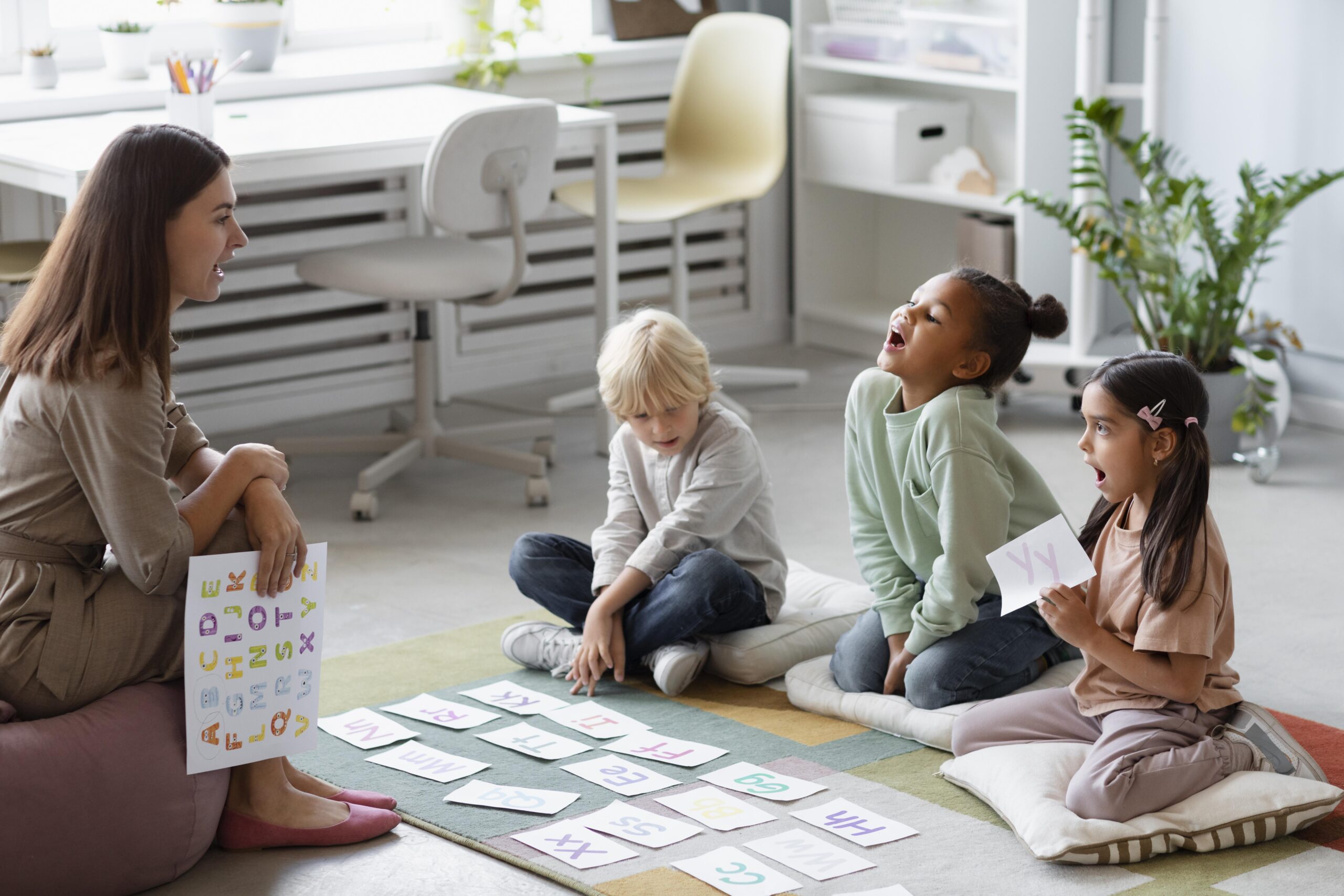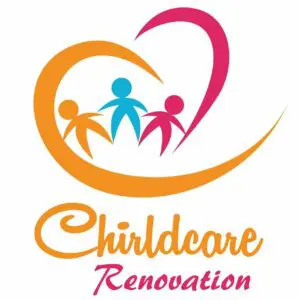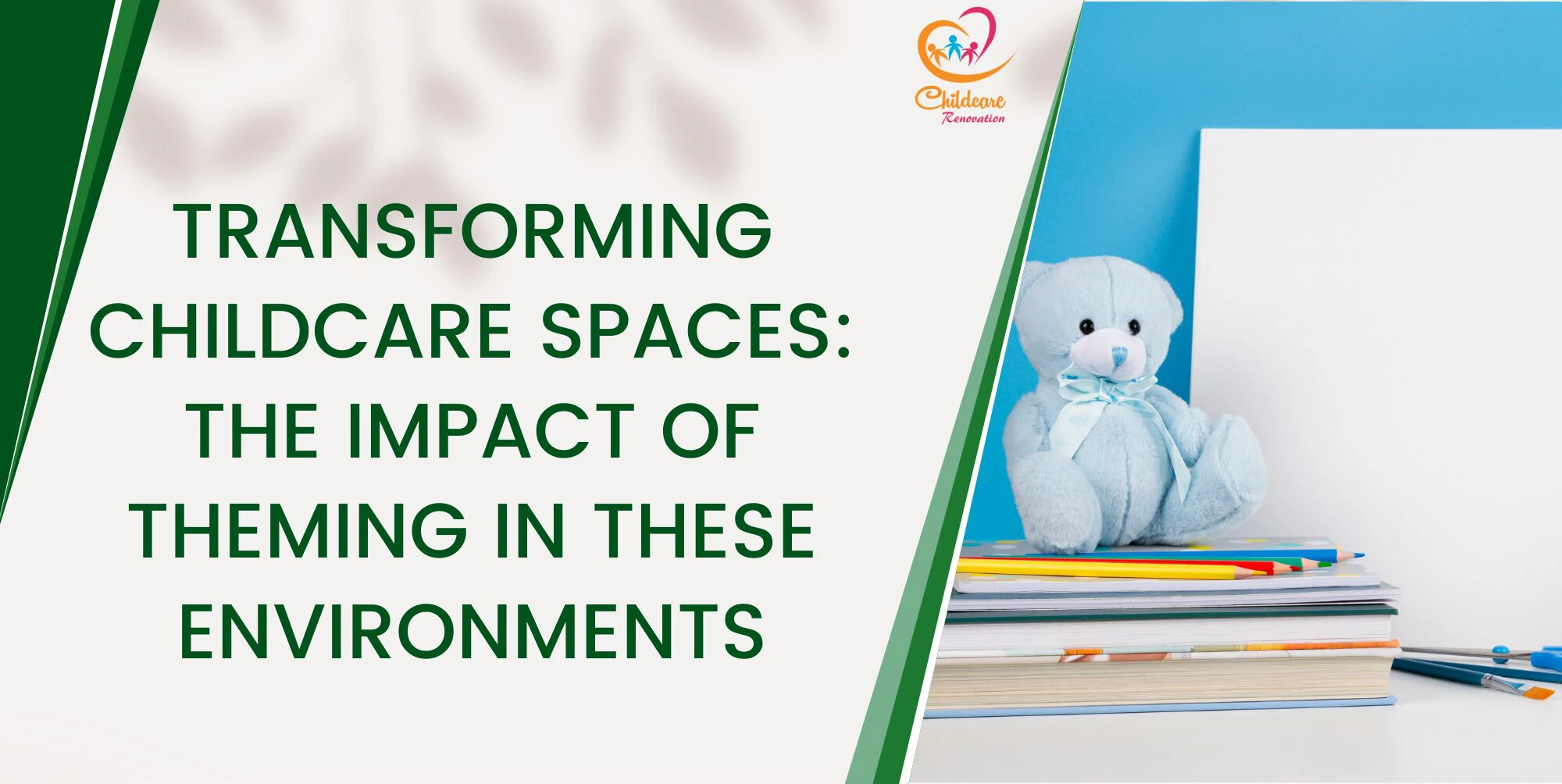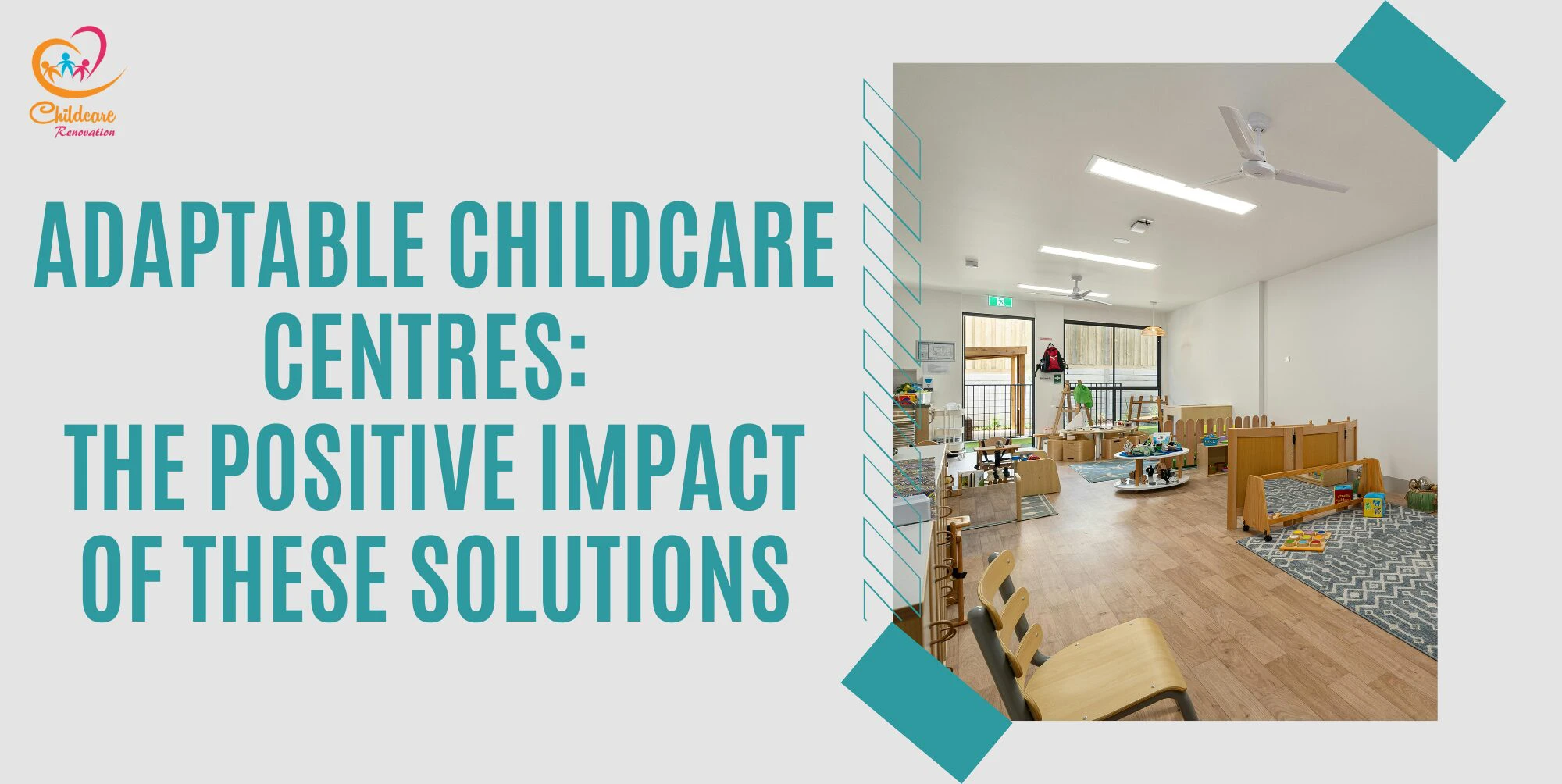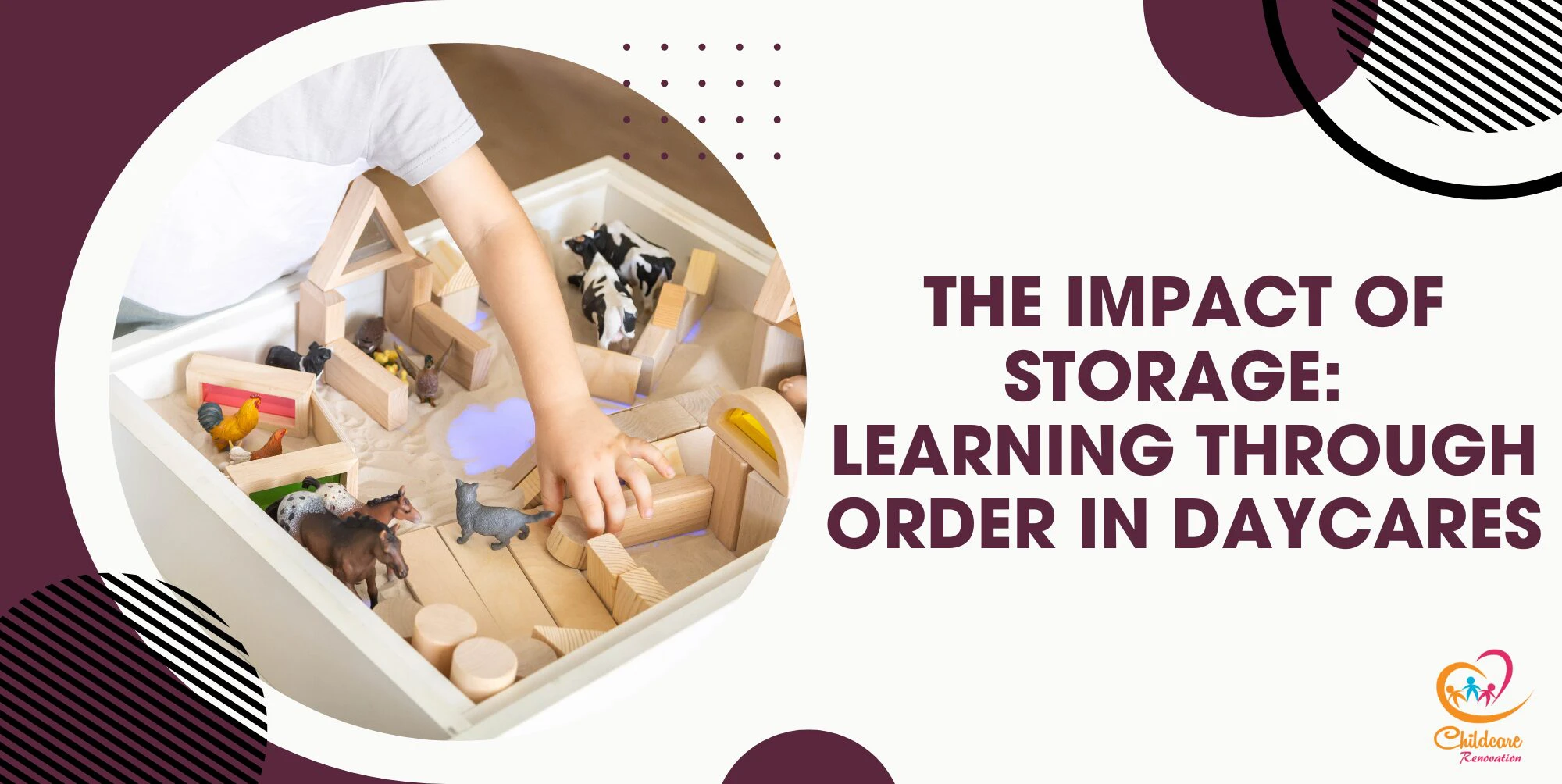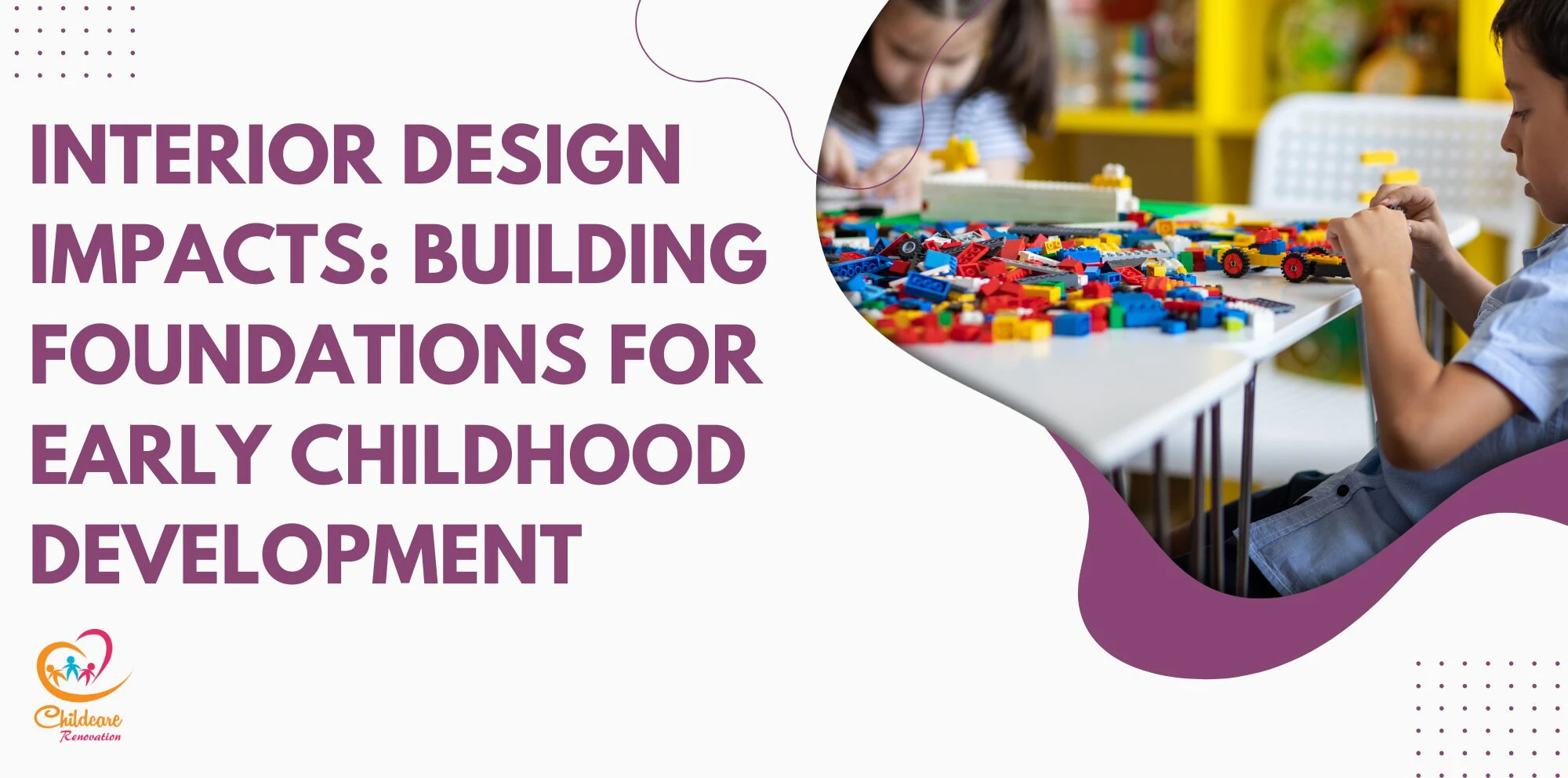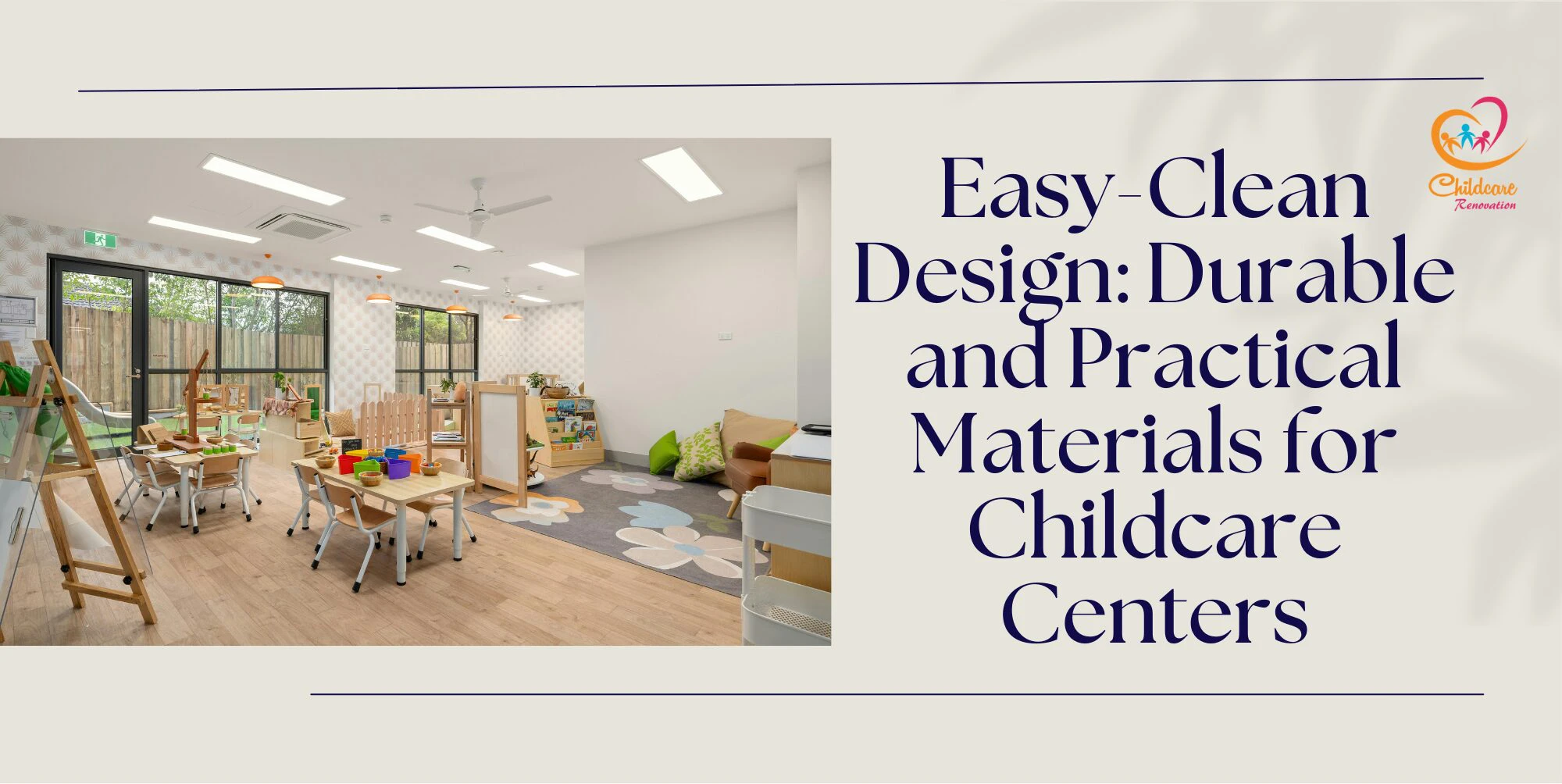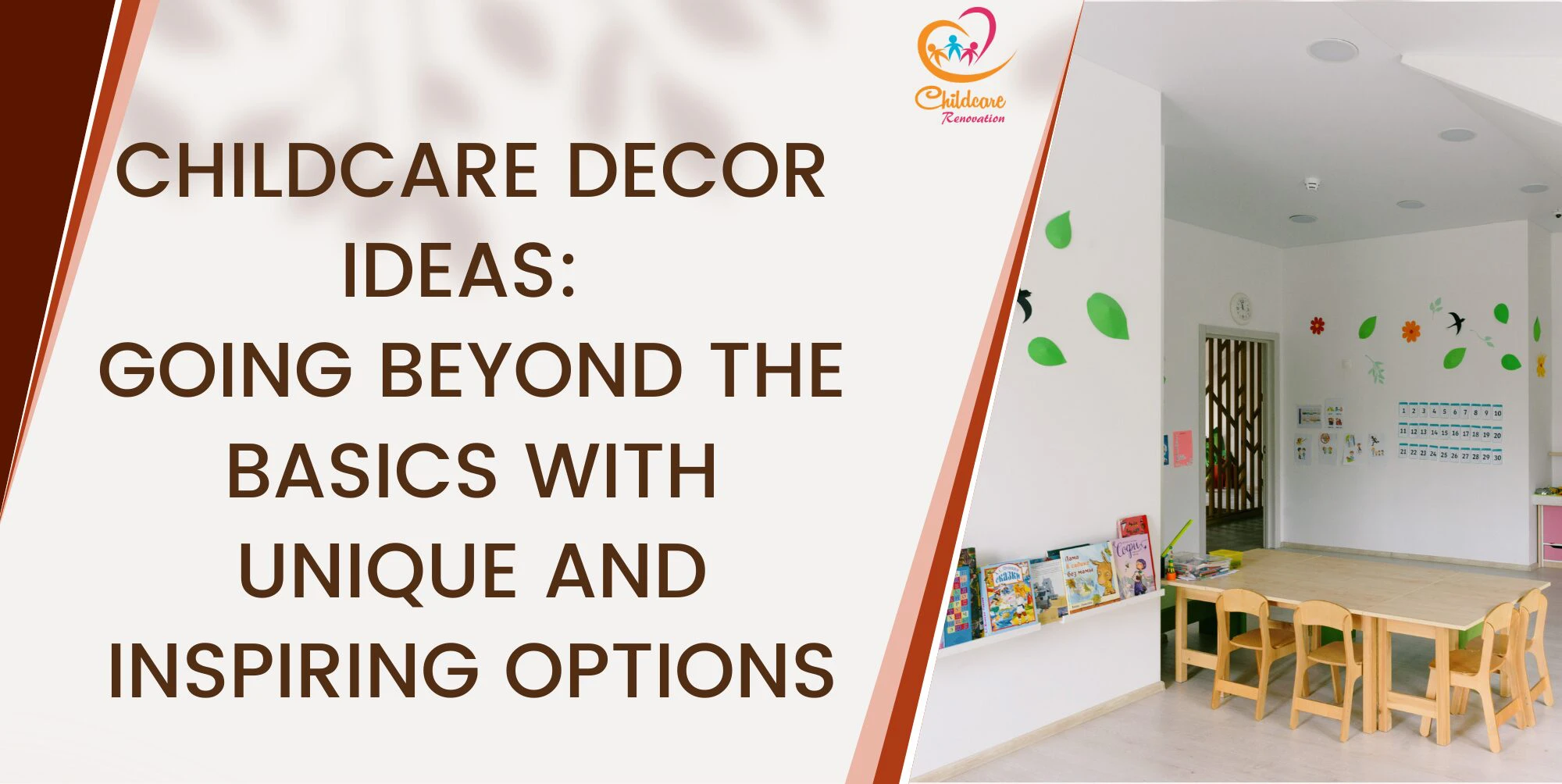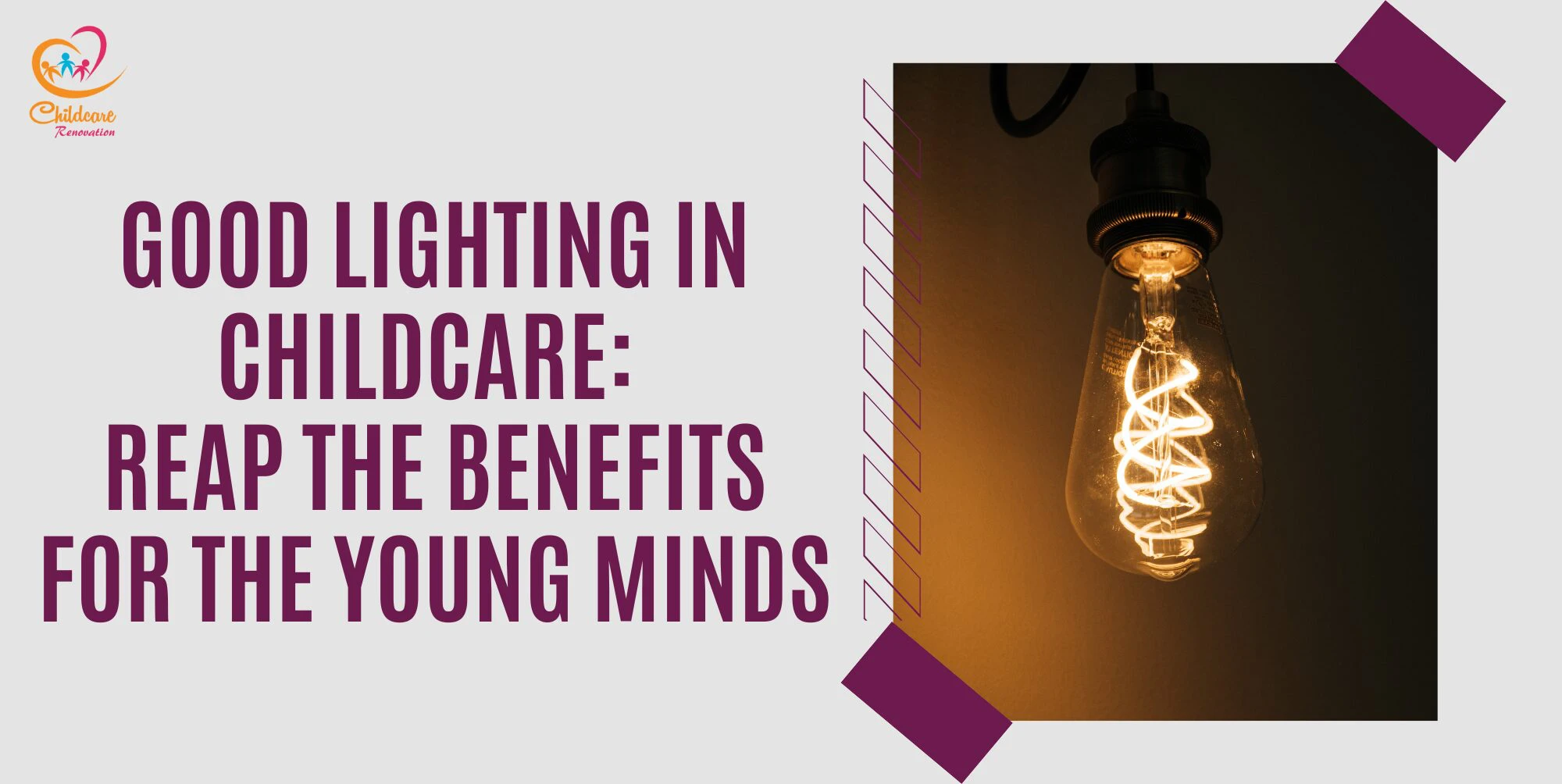Eco-friendly childcare interior can be incorporated into an establishment via many different ways. Here are 5 important ways caretakers and business owners can follow for childcare establishments.
Eco-Friendly Childcare Interior #1: Using Safe Cleaning Supplies
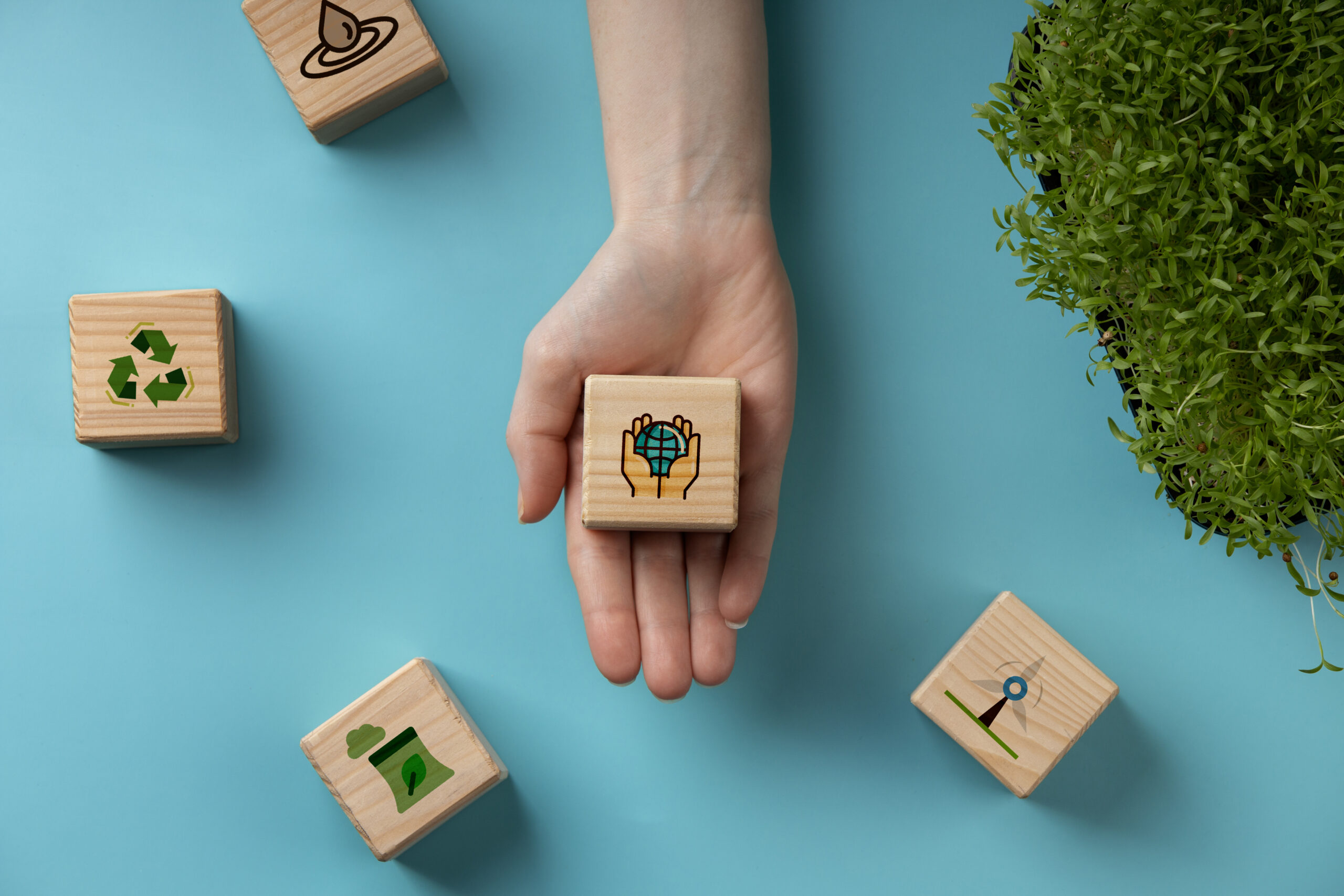
Non-toxic cleaning supplies will be the first of the important parts composing a healthy, safe and sustainable interior in childcare. The normal cleaning supplies contain various types of harmful chemicals such as bleach, ammonia, and other elements which lets out fumes into the air and put in jeopardy the well-being of both children and staff. In contrast, eco-friendly alternatives are made from organic, biodegradable components that include plant-based enzymes or essential oils for effective cleaning without releasing harmful chemicals into the environment. This minimises exposure to allergens and irritants and holds special suitability for young children that are still developing immune systems are especially sensitive to chemical pollutants.
These also ensure a better indoor air quality when switching to green cleaning products. Poor air quality from chemical cleaning agents can lead to respiratory issues and allergies among children. By using such natural cleaners, childcare centres are able to keep the air fresh and toxic free for the fostering of both physical health and mental well-being. These include vinegar-based disinfectants, baking soda and organic surface cleaners which would not be as harsh yet competent enough in taking away germs and bacteria from frequently touched surfaces, toys and play areas.
In addition to the health benefits, using green cleaning products furthers sustainability for the environment. Most eco-friendly products contain recyclable packaging or come in a concentrated form that limits plastic waste and resource usage. By doing so, they align the childcare centres with larger goals of sustainability — acting as a tool to teach children and parents how to take care of the environment. Overall, incorporating eco-friendly cleaning products should be an important part of any holistic eco-conscious childcare interior design supportive of safety, health and knowledge in regard to environmental responsibility.
Eco-Friendly Childcare Interior #2: Incorporating Sustainable Toys And Furniture Elements
In addition, eco-friendly furniture and toys in childcare interiors mean a big step forward toward a sustainable, safe and healthy environment for children. The materials used for making eco-friendly furniture are normally sustainable and non-toxic materials such as FSC-certified wood, bamboo or recycled materials. These options not only reduce environmental impact but also ensure that furniture is free from harmful chemicals such as formaldehyde or volatile organic compounds that could have an adverse effect on indoor air quality. The modular or foldable furniture options assist in attaining sustainability by maximising space utilisation, reducing superfluous furniture and minimum use of material.
Similarly, eco-friendly toys cater to a wholesome child care environment. For instance, most wooden toys are made from managed wood which can easily be degraded or decomposed. Moreover, they are very durable and free from poisonous chemicals present in plastic toys. These toys can also be designed to encourage creativity and learning — they can offer a more tactile and sensory experience for the children. Natural fibres such as organic cotton, hemp and linen are good soft toys because they do not use hazardous pesticides or synthetic chemicals in their production which will ensure that children interacting with them will be much safer.
With eco-friendly furniture and toys, one supports not only environmental conservation but can also set an example for young children in regard to sustainability. The intentional selection of materials creates an environment that focuses on health and safety, reduces waste and limits carbon footprints. With an eco-friendly childcare interior, you will not only have a space that creates well-being but is also teaching the next generation about taking care of the Earth.
Eco-Friendly Childcare Interior #3: Ensuring Efficient Use Of Water
Water efficiency is very important to establishing an environmentally friendly childcare interior. It not only helps to save this valuable natural resource but also trains the young learners to be more sustainable and conscious about environmental concerns. This can be done by fitting low-flow faucets and toilets that minimise water consumption in bathrooms and kitchens — adding value to reducing general water consumption in the facility.
Besides, sensor-activated faucets are fitted to ensure that water comes on only when needed, further minimising the waste factor. Other features that can be incorporated include rainwater harvesting systems which collect and store rainwater for uses such as irrigation of outdoor play areas or even toilet flushing — reducing the demand on municipal water supplies. Another creative solution could be an educational garden with drip irrigation that would teach children about gardening and water conservation. These gardens not only provide a hands-on learning environment but also beautify the space.
Furthermore, incorporating permeable paving into outdoor play spaces allows rainwater to penetrate into the ground, minimising runoff and enhancing groundwater recharge. Designing an interior with water efficiency in mind enables childcare facilities to create a culture that will help children understand the importance of environmental responsibility by imposing values that encourage children to think critically when it comes to conserving resources.
Briefly, water efficiency is not only about conserving water but also about the provision of an interactive educative space that empowers children to be sensitive to behaviours with respect for the environment and foster enhanced sustainability of childcare centres. The commitment to conserving water goes a long way in fostering a healthier planet — children learn to appreciate the natural environment around them.
Eco-Friendly Childcare Interior #4: Encouraging Learning Opportunities Based On Sustainability
In designing an interior of an eco-friendly childcare, the incorporation of learning opportunities promotes sustainability and develops environmental awareness for young children. This can be effectively done by the provision of separated learning zones that encourage exploration and interaction with nature. For instance, a small indoor garden can be instituted in which children can participate in planting and caring for a variety of plants. This hands-on experience can also teach them the life cycle of plants, the importance of biodiversity and how food can be grown themselves.
It is also good to include recycling and composting stations within the child care setting for children to learn proper waste management and how litter would affect the environment. Educators can explain how materials are sorted through and how composting is one of the steps involved in the reduction of wastes through interactive activities. Visual aids such as colourful posters and interactive displays can further enhance their learning on eco-friendly practices — turning learning into fun and play.
In addition, placing eco-themed books and teaching aids in reading corners develops the children’s curiosity to learn about nature and conservation. The course can integrate excursions to nearby parks or even farms as fieldwork for them to be exposed to practical experiences to complement ideas learned within the classrooms.
Natural materials and textures used in design feature wooden toys and organic textiles — these encourage children to make links with their environment and to understand that natural resources should not be used extravagantly. These learning opportunities, integrated into childcare interior design enable educators to raise a generation that is sensitive toward the natural environment and contributes toward preserving it. It is a holistic approach that lets them develop a love for nature and at the same time equips them with responsible choices toward a better and sustainable future.
Eco-Friendly Childcare Interior #5: Placing Emphasis On Energy Efficiency
Energy efficiency in the development of the interior of a childcare institution is very important — it contributes to the sustenance of the environment for the future of the planet and the health of the kids. The focus on energy-efficient solutions will reduce the childcare carbon footprint, minimise operation costs and provide comfort and a healthy space to young learners. Large windows and skylights not only reduce the need for artificial lighting but also create a bright and inviting atmosphere so conducive to learning and exploration.
Where artificial lighting is inevitable, there will be a need to go for LED bulbs since they are low in energy consumption, have a longer life and produce less heat — making them a safe choice for children. In addition, the installation of energy-saving appliances such as a dishwasher and refrigerator will significantly reduce the amount of energy spent in everyday operation, further contributing toward the goal of sustainability. Proper insulation also contributes to maintaining indoor temperatures, reducing heating and cooling systems. This reduces power bills and at the same time enhances indoor air quality for the health benefit of children and staff.
Apart from that, it may also involve intelligent technologies that make for efficient energy use and help inculcate the culture of conservation among children and educators. Secondly, educational elements about efficient energy use can be included in the curriculum to impart knowledge to children from a tender age.
By making energy efficiency the building block of interior design at childcare centres, a facility may emerge that would functionally act as a radiant, eco-friendly environment in which the development of young minds will bloom with the development of a sense of responsibility towards the environment. This holistic approach ensures that the childcare facility is not merely a place for learning but rather a model for sustainability toward future generations.
Speak with The Experts
Planning to get started at your kindergarten but have no idea about it?
Childcare Center Renovation Singapore is a reliable company for renovation and interior design. They have about ten years of experience in this field and have a good reputation among customers.
Call us now to get your desired kindergarten design ideas now!


